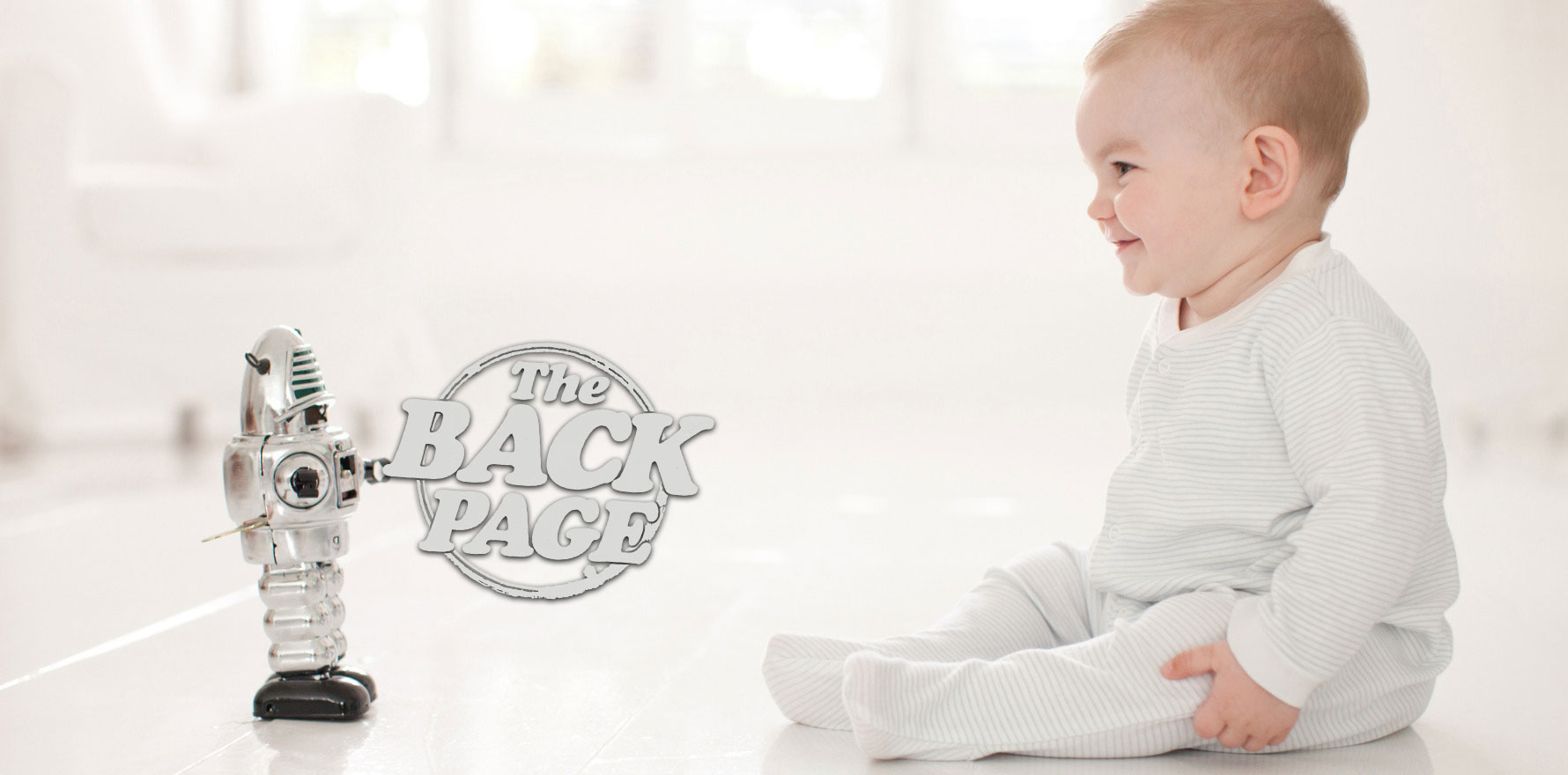The first human has been born from a uterus transplanted via robot-assisted laparoscopic surgery.
A baby has been born, ladies and gentlemen.
Not just any baby, mind you. A baby carried in a uterus that was transplanted into the mother from a relative.
Not just any uterus transplantation, mind you. A uterus transplantation performed via keyhole surgery.
Not just any keyhole surgery, mind you. Keyhole surgery that was robot-assisted. And that’s a world first, according to the University of Gothenburg, which is the proud parent employer of the clever researchers who made it all happen.
The baby boy was safely delivered weighing 3.1kg and 49cm long by caesarean section last Thursday. Happy birthday, little fella!
His mum, who is 35, was the recipient of a relative’s uterus in October of 2021. Ten months later an embryo created by IVF was inserted into the transplanted uterus and Kurt’s your uncle, pregnancy!
What makes this all so shiny and new is the way in which the uterus transplant was accomplished, according to lead researchers and surgeons, Professor Pernilla Dahm-Kähler, and Dr Niclas Kvarnstrom.
The donor and recipient were operated on entirely by means of robot-assisted laparoscopic (keyhole) surgery with no open-surgery stage.
The method entails insertion of cameras and robotic arms with surgical instruments attached to them through small entry holes in the lower belly. The surgeons then steer the robotic arms by means of tools resembling joysticks at consoles, where they can simultaneously see mobile 3D images.
In the donor, the uterus was freed one step at a time, supported by robot surgery. The last step involved detaching the uterus from its blood vessels and removing it vaginally in a laparoscopic pouch.
In the recipient, it was then possible to insert the uterus into the woman’s pelvis through a small incision; first suture it with the blood vessels; and then suture it to the vagina and supportive tissue. All these steps were assisted by robot surgery.
“With robot-assisted keyhole surgery, we can carry out ultra-fine precision surgery,” said Professor Dahm-Kahler.
“The technique gives a very good access to operate deep down into the pelvis. This is the surgery of the future, and we’re proud and glad to have been able to develop uterine transplantations to this minimally invasive technical level,” she said.
Dr Kvarnstrom was also pleased as punch.
“With the robot-assisted technique procedures can be done that were previously considered impossible to perform with standard keyhole surgery. It is a privilege to be part of the evolution in this field with the overall goal to minimise the trauma to the patient caused by the surgery,” he said.
So, while the little tacker is not the first bub born from a transplanted uterus – he’s the 14th in Sweden – nevertheless the surgical technique does represent a further evolution of the process that began with open-surgery methods in 2012.
An estimated 90 uterus transplantations have been performed worldwide, with some 50 babies born as a result.
Progress, eh?
If you’re a sci-fi fan with a penchant for 1970s movies, you’ll be joining me in remembering the Michael York and Jenny Agutter classic Logan’s Run, complete with its nursery of babies produced without much human involvement at all.
That ended well.


